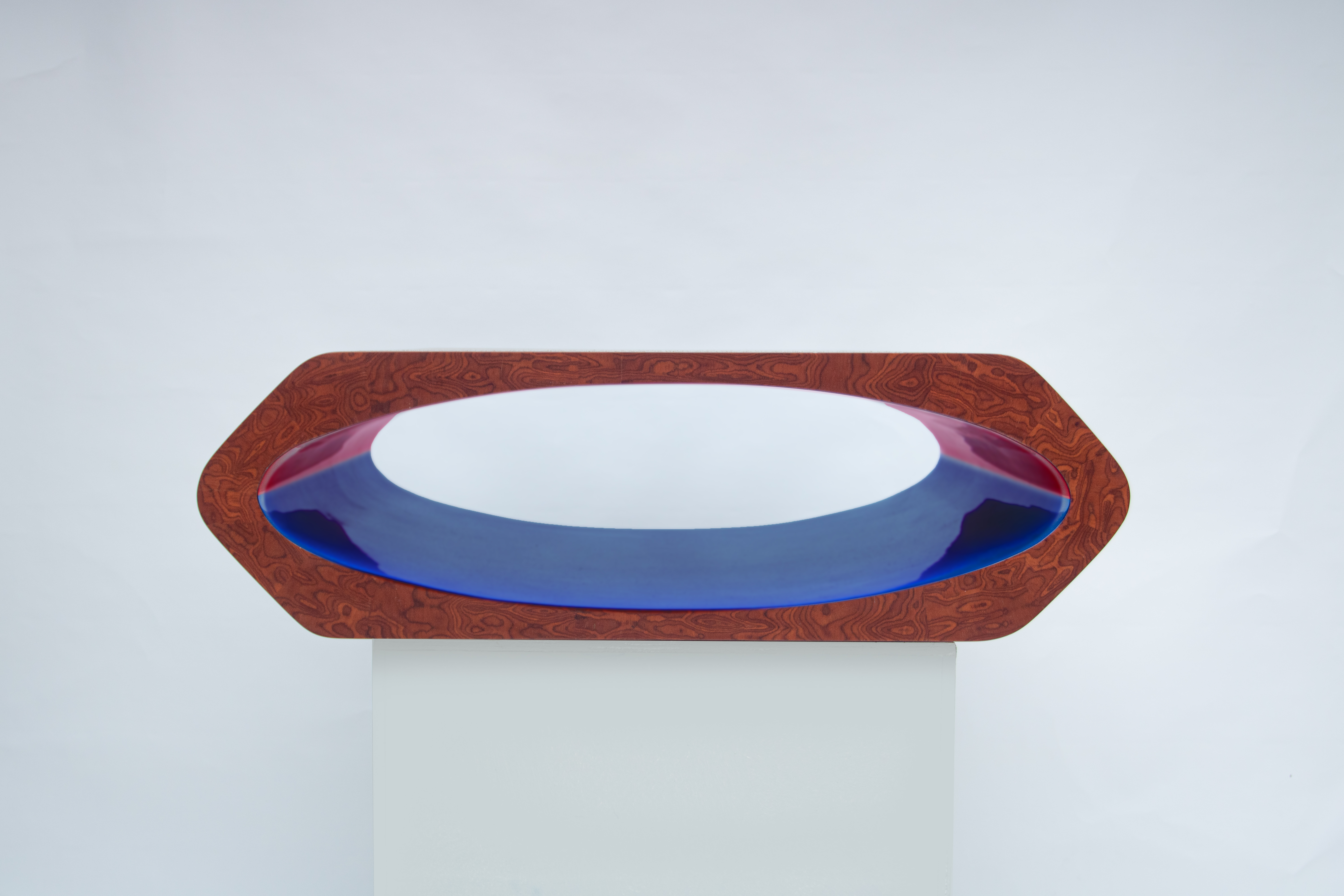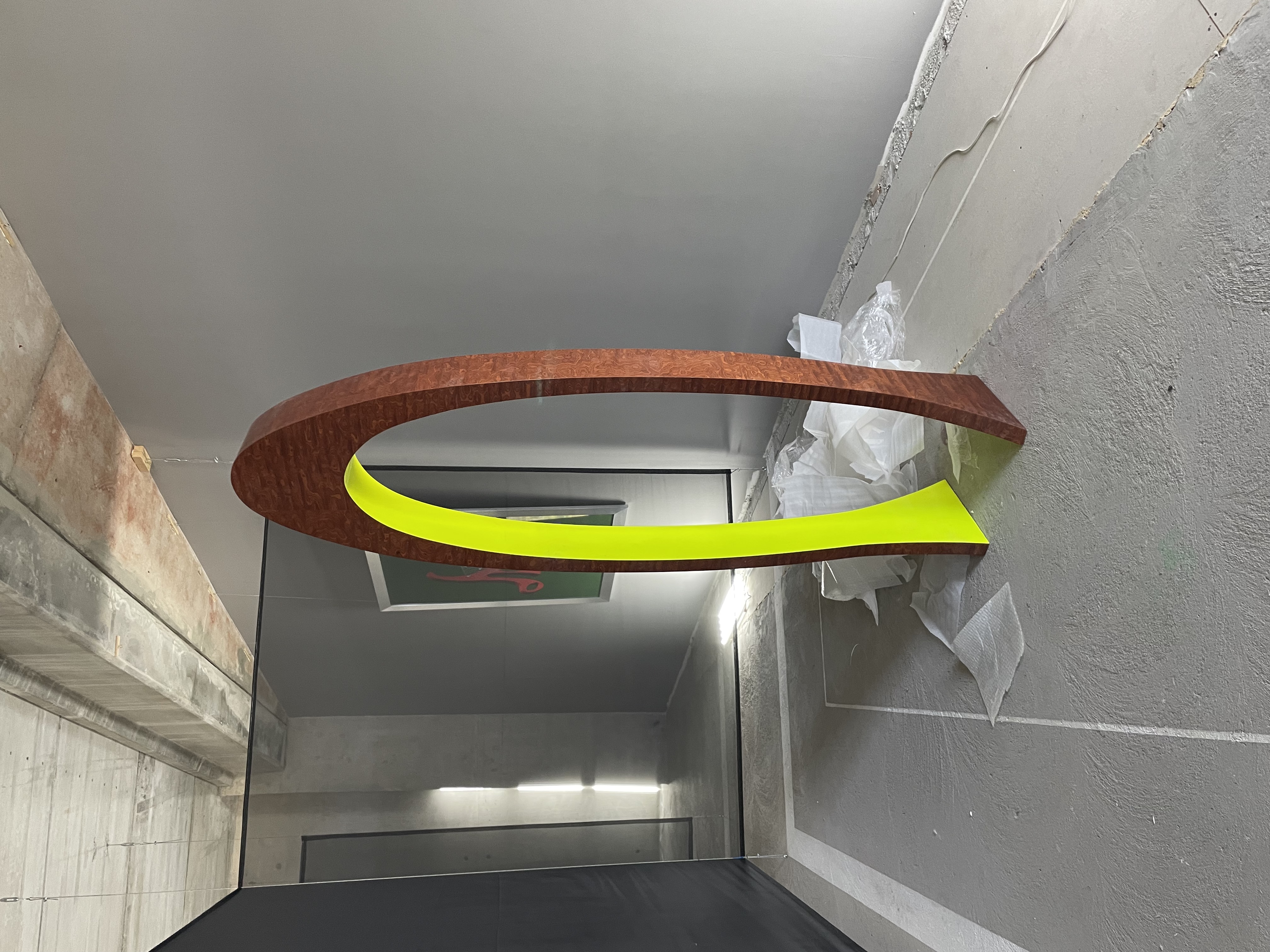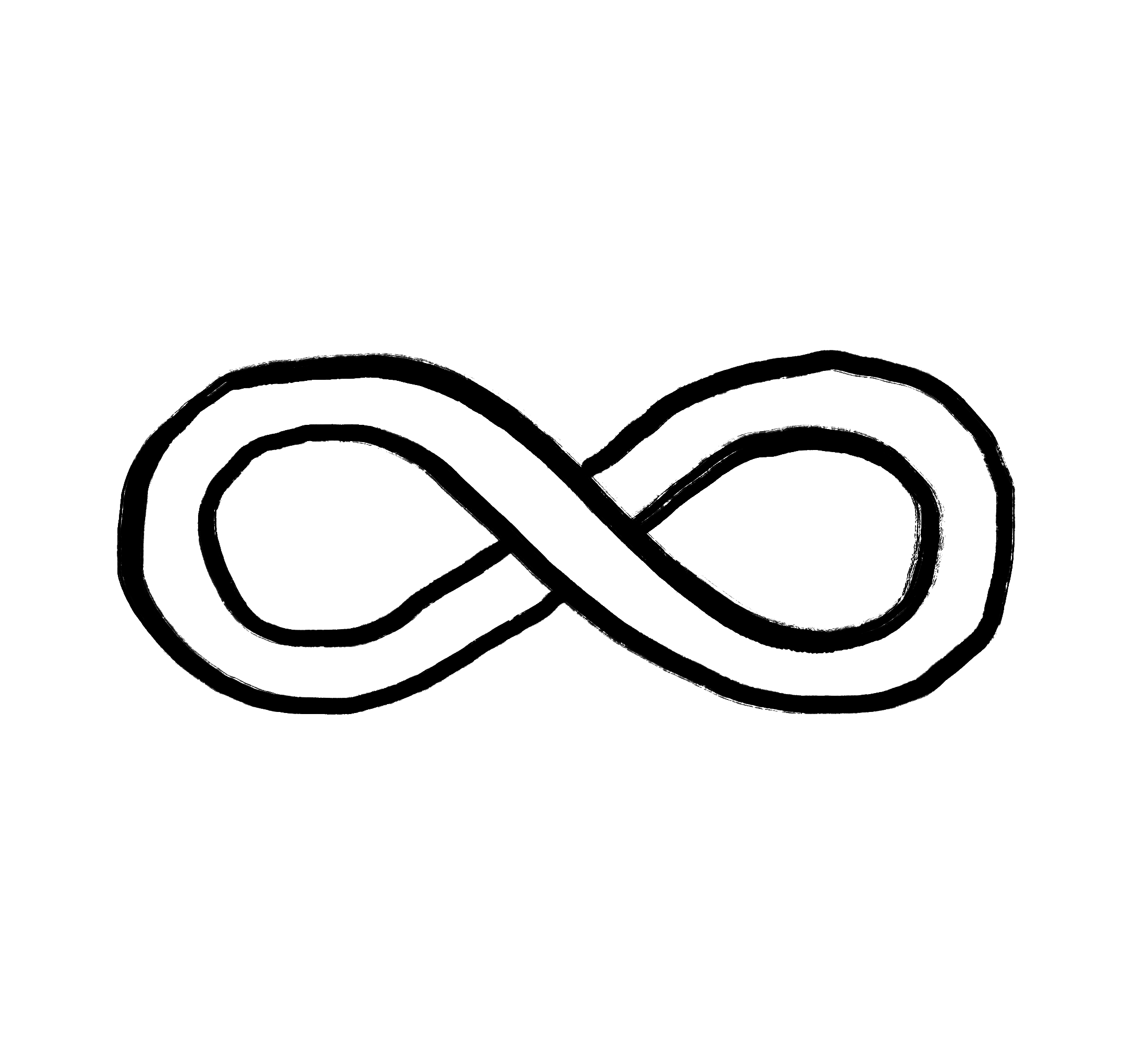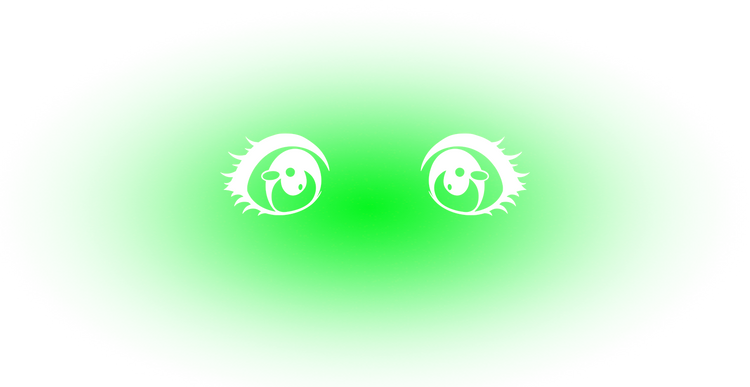
The Actual Presence of High-Key Falling-Off:
an Interview With artist Paz Ulloa
by Ben Dreith

I plan to meet Paz Ulloa in the middle of my rare vacation, which consisted of staying with family in the Caribbean. I suggest that we drink for the interview—heavily, I hope—even though we’re just talking over a screen. Paz comes onto the screen framed by a tasteful Millenial-minimalist background, at some temporary apartment in LA. She speaks frankly, yet thoughtfully, with the slight accent of a Latin American who has spent too much time around Americans.
In many ways her art reflects the way she speaks and, as it appeared to me, thinks. Her painting and design objects are colorful and formally ambiguous, and many seem to be smiling wrily through her liberal uses of voids and cutaways. Yet in the impression of her Instagram feed, shallow as it must be, I see a yearning towards movement, maybe even life, with her work. They are hard to describe individually, especially since each one is imbued with the thought of its potential to be a passage to somewhere else, somewhere new and certain , something that we can all relate to now: an art of the else.
We speak for hours, and our hair gets messier, our posture more inclined towards the screen as we try to replicate the wear of an in-person conversation. We talk about her life, loves, retreating from society and established life (actually), and the mundane ecstasy of Clarice Lispector.
Ben Dreith: Tell me about your work, like you would tell someone who doesn’t know shit.
Paz Ulloa: I'm originally a painter and I've been having this sort of development in my art language that tries to bring people into the art piece so that’s why painting became objects or sculptures: to occupy the third dimension. What I’ve wanted to do since the early stages is to provoke a certain pause in thought patterns. When people see things they cannot understand, or grasp quickly, they get curious, and new thought forms appear. I want to light up this moment through shape, movement, opposition, and material dialogue.
And this comes from my own personal human “research.” Paying attention to everyday things, being responsible to the present in the sense that I dedicate a lot of attention to how I live and what I think and how I experience others, which in the end hopefully helps me exist. I believe also that my work reflects and synthesizes my time in history. That's what I think I do.
BD: Wow. And what is your time in history? You’re in LA now but you’re from Costa Rica, right?
PU: I was born in San Jose. I was pretty much born an adult. I was in charge of lots of things, my parents were really young. Living in such a small place can feel confusing sometimes—it’s like a slow bubble.
BD: You were born an adult? Maybe I'm cynical about artists, but most artists I meet seem to have a childish nature to them. You know, this playfulness.
PU: Well. I wasn't able to play a lot. So I've been very formal about things since I was little, always quite reflective and observing because I had to figure so much out, it’s been exhausting…. For the last maybe two, or three, years, I've been trying to enable playfulness within myself and trying to deconstruct and build my own pillars of reality.
In many ways her art reflects the way she speaks and, as it appeared to me, thinks. Her painting and design objects are colorful and formally ambiguous, and many seem to be smiling wrily through her liberal uses of voids and cutaways. Yet in the impression of her Instagram feed, shallow as it must be, I see a yearning towards movement, maybe even life, with her work. They are hard to describe individually, especially since each one is imbued with the thought of its potential to be a passage to somewhere else, somewhere new and certain , something that we can all relate to now: an art of the else.
We speak for hours, and our hair gets messier, our posture more inclined towards the screen as we try to replicate the wear of an in-person conversation. We talk about her life, loves, retreating from society and established life (actually), and the mundane ecstasy of Clarice Lispector.
Ben Dreith: Tell me about your work, like you would tell someone who doesn’t know shit.
Paz Ulloa: I'm originally a painter and I've been having this sort of development in my art language that tries to bring people into the art piece so that’s why painting became objects or sculptures: to occupy the third dimension. What I’ve wanted to do since the early stages is to provoke a certain pause in thought patterns. When people see things they cannot understand, or grasp quickly, they get curious, and new thought forms appear. I want to light up this moment through shape, movement, opposition, and material dialogue.
And this comes from my own personal human “research.” Paying attention to everyday things, being responsible to the present in the sense that I dedicate a lot of attention to how I live and what I think and how I experience others, which in the end hopefully helps me exist. I believe also that my work reflects and synthesizes my time in history. That's what I think I do.
BD: Wow. And what is your time in history? You’re in LA now but you’re from Costa Rica, right?
PU: I was born in San Jose. I was pretty much born an adult. I was in charge of lots of things, my parents were really young. Living in such a small place can feel confusing sometimes—it’s like a slow bubble.
BD: You were born an adult? Maybe I'm cynical about artists, but most artists I meet seem to have a childish nature to them. You know, this playfulness.
PU: Well. I wasn't able to play a lot. So I've been very formal about things since I was little, always quite reflective and observing because I had to figure so much out, it’s been exhausting…. For the last maybe two, or three, years, I've been trying to enable playfulness within myself and trying to deconstruct and build my own pillars of reality.


BD: Does being in LA help with that? It can be a deeply unserious place.
PU: Everything floats here, and I think that lightness or emptiness helps me exercise a very different part of myself. That's at least my perception of how I live it.
BD: In your work, there are lots of portals, lots of voids, entryways—almost biological sometimes. You said you wanted to give people an exit from reality or some pause that takes them out of their reality. Are you talking about a deeper sense of reality or do you try to kind of capture maybe these different cultural realities?
PU: A deeper sense of reality for sure. I'm just interested in the moment of the question: where the person sees the object and puts the questions on what they think they are seeing. What is this void? Is there a void or not? That's enough for me. It's like a translation of something that I haven't seen even myself. When bringing these things to life, the process looks like remembering or uncovering something out from a void, a floating space, the visions come isolated.


BD: Well, let’s step back and talk more about your reality. What have you been wearing lately?
PU: What have I been wearing? Very loose things. Trying to move away from color to actual presence. Color has been my most natural language since I can remember. And I'm, I'm tired of it.
BD: So what did you do last night? What’s your day-to-day in LA, are you partying?
PU: Life in LA has been an unexpected retreat this time. I've been very silent and trying to be alone. Not seeing people has been challenging, and knowing also that things and activities are happening all the time, all around. Last night was a long walk, talking on the phone with my friend Joel. And tonight, I'm just gonna go and have some tacos by myself. And that is because my life has changed so much in the past year, and I'm trying to rebuild everything, sometimes so sure and secure, sometimes a bunny in the dark. No plans. No relationship, nothing.
BD: Why such planlessness?
PU: Plans closed my vision for a long time. I was also overworking and over-caring for my relationships. I just got sick of it, not in a bad sense. I just took life and like, tried to switch it around as much possible, and the most evident way was to move away from things, to change positionI’m using this life period as an experimental one, just because I can. Maybe something new shows up.
BD: So you low-key fell off right? Like did you send an email around?
PU: It was a slow process. First, my family. Then I separated from my long-time partner and started living by myself. My pet died. As for my friends, just me doing those things I believe had a big echo out and in. And every relationship was affected by it. Not by request, just naturally.
BD: Sorry to hear about the pet. Now that you've done it, would you recommend that other people sever all ties and wander into the wilderness of art?
PU: I think it’s not done yet, but yes, I do recommend intentionally giving into change and experimentation—if you have the chance—then everything is possible. It can be useful to remove parts of yourself and have some kind of new space where you think you’re just playing around.

BD: I feel like today everyone is just so connected all the time, right? It’s kind of banal to even talk about. But it just feels like a bad shadow of society is strangling us. Did that have anything to do with it?
PU: It's very suffocating. And yes, surely I’m not immune to all that’s happening in humanity. There’s so much struggle, narrowing voices, unauthentic connections, and predigested discourses, that end up affecting how we are and the ways we use to trap ourselves. It turns things flat.
BD: Reality is suffocating. And maybe that’s why you're trying, in your work, to give people a moment to take a breath of air.
PU: Yes. But you never know. That's only the intention. But I’ve seen things coming through while people are “experiencing” the works, signs that indicate that some transfusion is taking place. Then I get a candid sentiment of being alive.
BD: I feel that when people talk about art, they say a lot of bullshit. Critics annoy me sometimes because the work should speak for itself sometimes. How do people respond bodily to your work?
PU: It's always a sense of amusement. Where is this from? Where is this coming from? This is otherworldly, it’s alien, they say. I also see “the pause” happen, in their postures, and wondering corporal expressions. Then I get the questions and I don't think I have the answers on my sleeve.
BD: Isn’t that the writer’s job?
PU: Yeah, could be, but having people write about my work has always been very difficult. To have something that resonates with what the work is. I believe language is limited to certain subjects. I wonder what’s preventing some writings from happening. Maybe I should do it myself.
PU: I went to the beach with my very friend, sister, Fabi. And we were in this house we rented and I told her “I need a book” at this moment. I need a book. And then she brought it from her car and it was the Passion According to GH. This was also randomly hinted at by another satellite friend a couple of weeks back — so I must — I started reading that same day and finished it.
BD: You've talked a lot about transport and pause. In that book, the narrator sees a vision of art and eternity and reality in a way that so many of us would love to, but she sees it in a dead cockroach. Right? So if you can get that from something so natural and even disgusting, and I’m not trying to be cynical, why are we making these other portals?
PU: Yeah, I think they're just like different vehicles. That's how I see it. Nothing comes free, and we’re not always available to see. Creating portals increases the chance, I guess. The book is one. I was mesmerized, I felt like my brain was being portrayed in that spiraling narrative. Did you feel like that when you read it?
BD: I think she portrays people who are ignored as they find elements of transportation and the divine in everyday life.


PU: In the last couple of months, I've been trying to get more natural about what I do. Because whatever you've seen of my work has beautiful finishes and clear sharp shapes and definitions. And I'm trying to forget that. I don't find that interesting anymore. One of the only pieces that is relevant to me is this clock where you take some tokens from one side to the other, which moves away from shapes, colors, and finishes. Although it keeps a true visual weight, a presence.
BD: Tell me about that.
PU: So I was desperate in so many ways and thought about how can I just start to relate to time at a different pace or a different frequency. I experimented with throwing one stone from one bucket to the other for 365 days. But then I needed more of a physical memory for it to be more engaging and unconscious. So I designed this object that’s like a giant child's game where we have like two bases and a spiral that has 365 tokens. So every day I take a token from one side to the other. It's supposed to be a meditation. A representation of moving through space, sensing different capsules of existence and bringing them to the sound realm.



BD: Is it just more for yourself? Like you were recording this like how at the end or the end of the year or the end of two years? Do you have any plans to sort of like summarize your experience or to otherwise package it? I guess for consumption or distribution or exposition?
PU: I definitely want to talk about my experience with the object and and how it gave me something— or not. It might take some time to understand. For now, I only have the sculpture and a video that portrays its function and tries to hint at the feeling of the action and other small bits of information. By the end of this first year of action, the clock can be released. It would be great to have some written protocols on how to use it, and have it operated by another character. Would love to see those impressions.
BD: Are you familiar with William Burroughs and orgone?
PU: Only through Genesis P-Orridge.
BD: He'd made these these these boxes that were supposed to harvest energy from the air. What you’re talking about kind of reminds me of it because it's this interaction of a scientific thing with an artistic thing with a spiritual thing all at once.
PU: I never I've never seen these boxes. Will investigate. Can relate to that, as I'm constantly trying to draw about a certain and more difficult-to-see reality, to deliver something from it. But have you seen Brion Gysin’s Dream Machine? It was an art piece where you go into this room that's dark and you see this lamp and you close your eyes and this lamp enables a pattern in your eyes with light and shadow. And then you get into dream-like states.
BD: You said you’re reading Jung right now? Are you trying to tap into something?
PU: Yes, but I’m not ambitious about any ideas or following anything. Uncompromising. If anybody mentions a book, or if it catches my eye, I try and read it.
BD: But it seems like interaction and temporal sculptures are important to you. So when I asked you kind of what you're trying to tap into, I don't know if I believe you, when you say that you're just experimenting like it feels like you're reaching for something.
PU: Yes, I'm trying to find it.
(Silence, we both laugh)
PU: Become it? Transfer something into something? Permeate my findings into others? Sometimes I sense I have a message from another time, and I try to decode and facilitate it. I’m suspicious about what’s happening,
Am I able to release some kind of seed that might lead to the unexpected in others?
BD: Well I hope you do.

BD: What is your relationship to the Internet as a portal?
PU: Well, it expands everything, but also contracts it. And for me it's misleading, keeps me away from my own powers and possibilities, but also enables them from time to time—so a very difficult relationship, one to pay attention to.
As for the digital side of my work, if that applies, computers and the web started coming in very handy when I started traveling for work, and my art practice time became very limited. A very different way of generating. The computer became the studio. My language and my color palette changed a lot in that time with this interface. And it reflects in the work, of course. I started trying to generate these screen-like sensations that are not on a screen, maybe this was my first approach to play with dimension and perception.
BD: It seems to me that's a really interesting narrative function to be trying to include in your life and then also visual art.
PU: Yeah. And it relies so much on trying to open up that intuitive space within myself, which belongs to every human being and it's always covered. We don't use intuition that much. We're not “allowed” to or trained to, although it's always present. So whenever I allow some time, I think it's intuition that brings something that feels interesting to me, like whenever these thoughts or visions come without any effort. I see myself in love, and don’t know how.

Paz Ulloa is an artist, painter, sculptor, and designer based in San José, Costa Rica. With studies in the faculty of Fine Arts at the University of Costa Rica, her work has been showcased on numerous occasions since 2008, both individually and collectively, in San José, Lima, New York, Panama City, California, Basel.
Ben Dreith is a writer based in Brooklyn. His fiction is has appeared in X-R-A-Y and Fugitives and Futurists. His critiques on the neo-decadent fiction movement are featured in Maudlin House, while his non-fiction pieces, delving into design and architecture, are prominent at Dezeen, where he serves as the US editor

